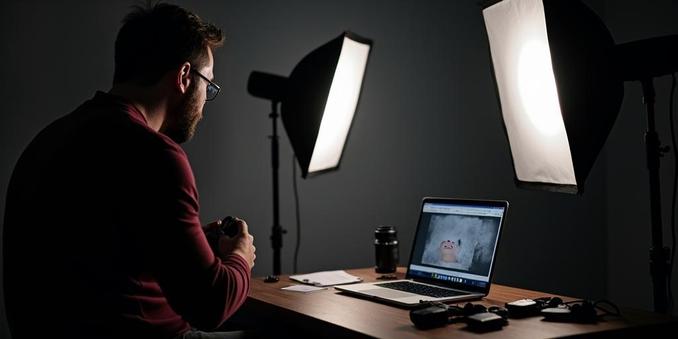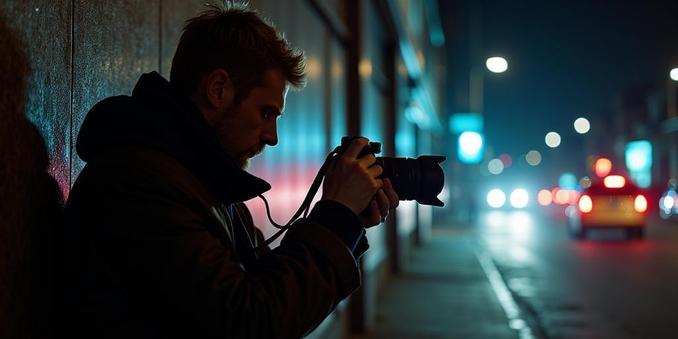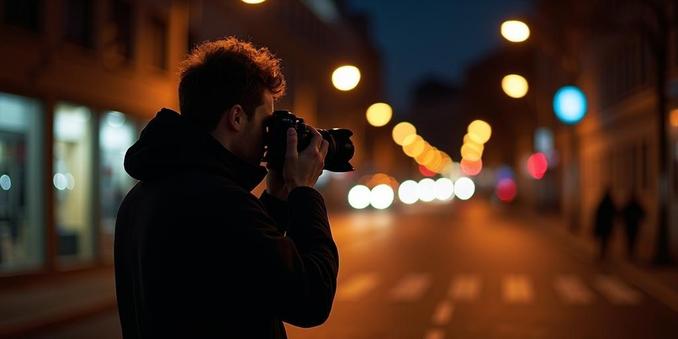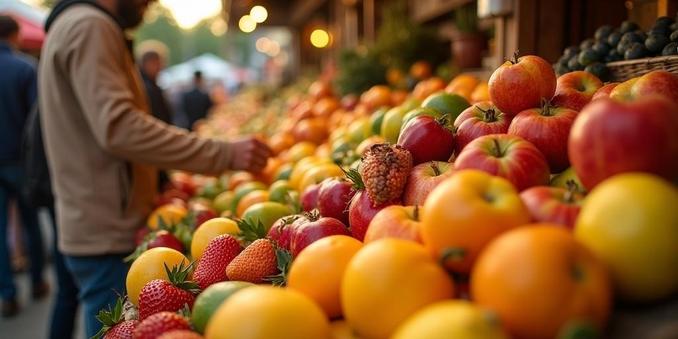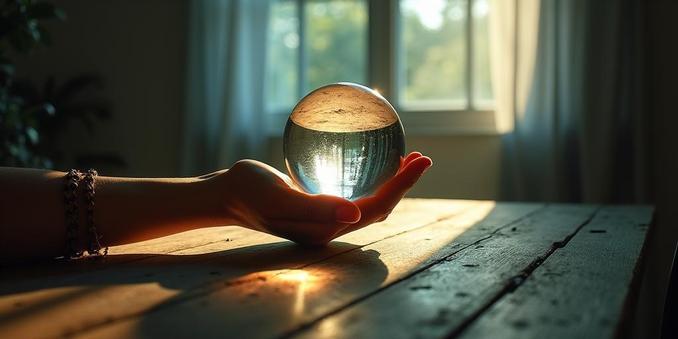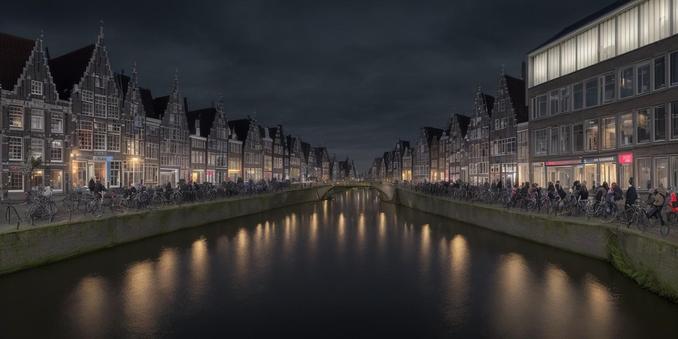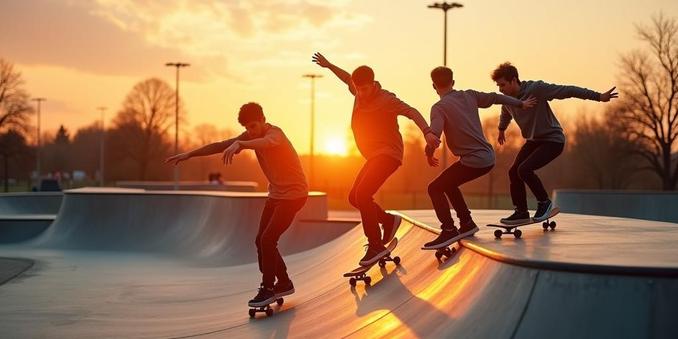📸 Zwarte balken in je flitsfoto's? Oeps, ik trapte ook in die valkuil! Ontdek waarom je flitssynchronisatietijd zo cruciaal is en hoe je dit probleem direct oplost. #Flitsfotografie #CameraTips #Fotografie https://cameraguru.nl/fotografietips-en-tutorials/voorkom-zwarte-balken-die-je-studiofotos-verpesten/
#cameratips
🎨 Xiaomi 17 Pro Max – Unlock Natural Colours!
There‘s a hidden Leica NAT mode that gives you far more realistic, true-to-life colour science 👀🔥
Here’s how to enable it + sample shots!
📺 Watch now: https://youtu.be/cxjQncZvgcw
#Xiaomi17ProMax #LeicaNAT #LeicaColours #MobilePhotography #CameraTips #TechReview #LLTechview
"Dacht jij ook dat nachtfoto's zonder statief gedoemd waren te mislukken? Ik ontdekte 5 technieken die mijn foto's compleet veranderden! Ontdek hoe jouw lichaam een perfect statief wordt ⬇️ #nachtfotografie #cameratips #fotografie" https://cameraguru.nl/fotografietips-en-tutorials/nachtfotografie-zonder-statief/
"Chào mọi người! Lumo là AI hỗ trợ snap, nêu gợi ý composition (framing, ánh sáng) để photo better. Tôi không code, xây dựng bằng Cursor & ChatGPT. Ziel: giúp bạn lập công photo sempán cho bạn bè hoặc khi旅行. Demo hiện còn kém. Bạn thấy ý tưởng hữu ích hay cần الإسرائيلي? Ưu đãi phản hồi! #Lumo #AI #Photography #Feedback #CameraTips"
I have fallen in Love ♥️ with taking Videos in 1080P at 60 FPS rather than 4K at 30 FPS. 4K videos take up too much space, and when you start moving your hand a little bit faster, the video becomes blurry, while HD recording at 60 FPS feels smooth and fluid. 😍
#hd #video #60fps #60fpsvideo #videography #shortvideo #camera #phonevideo #phoneclick #HDat60FPS #cameratips #videotips #mobilevideo #opinion #view #insights #reflection #thought #pointofview #tech #fedithought #fediopinion #fediverse
📸 Frustratie bij avondfotografie? Geen dure apparatuur nodig! Ontdek hoe je met de juiste ISO, sluitertijd en scherpsteltechnieken wél scherpe foto's maakt in het donker. Klik voor alle tips! #nachtfotografie #cameratips #fotografie https://cameraguru.nl/fotografietips-en-tutorials/scherpe-fotos-in-het-donker-maken-zonder-frustratie/
📸 Worstelen met drukke markten fotograferen? In ons nieuwe artikel ontdek je hoe je perfecte marktfoto's maakt ondanks wisselend licht en bewegende mensen. Jouw camera-instellingen maken het verschil! #marktfotografie #cameratips #fotografie https://cameraguru.nl/fotografietips-en-tutorials/marktfotografie-tips-voor-levendige-en-authentieke-beelden/
📸 Donkere vlekken op je foto's? Je beeldsensor schreeuwt om aandacht! Ontdek waarom regelmatig onderhoud je beeldkwaliteit redt en hoe je het zelf kunt doen. #sensoronderhoud #cameratips #fotografie https://cameraguru.nl/cameratechniek/beeldsensor-reinigen-en-onderhouden-essentiele-zorg-voor-optimale-beeldkwaliteit/
📸 Wil jij beelden maken die écht iets zeggen? Ontdek hoe visuele metaforen je fotografie naar een hoger niveau tillen! Een gebroken horloge zegt meer dan duizend woorden...
#VisueleMetaforen #Fotografie #CameraTips https://cameraguru.nl/fotografietips-en-tutorials/visuele-metaforen-creeren-in-fotografie/
📸 Worstelen met wazige nachtfoto's? Je hebt geen statief nodig! Ik deel mijn praktische tips voor scherpe handheld shots in het donker. Lees hoe jij óók indrukwekkende nachtfoto's kunt maken! #nachtfotografie #cameratips #fotografie https://cameraguru.nl/fotografietips-en-tutorials/nachtfotografie-zonder-statief-scherpe-beelden-in-het-donker/
📸 Ken jij het verschil tussen mechanische en elektronische sluiters? Je camerakeuze kan maken of breken in cruciale momenten! Ontdek wanneer je welke moet gebruiken in ons nieuwe artikel. #sluitertechniek #cameratips #fotografie https://cameraguru.nl/cameratechniek/elektronische-vs-mechanische-sluiter-wat-werkt-wanneer-het-beste/
📸 Geef beweging een stem in je foto's! Ontdek hoe sequentiefotografie een heel verhaal vertelt in plaats van één moment. Van sportactie tot zonsondergangen - lees nu onze complete gids!
#sequentiefotografie #cameratips #fotografie https://cameraguru.nl/fotografietips-en-tutorials/sequentie-fotografie/
Ben je ook gefrustreerd door mislukte foto's bij lastig licht? 📸 Ontdek hoe bracketing jouw redding kan zijn! Van perfecte belichtingen tot maximale scherpte - lees hoe deze techniek werkt. #bracketing #cameratips #fotografie https://cameraguru.nl/cameratechniek/bracketing-geeft-betere-belichting/
Discover the advantages of smaller camera sensors and learn what they excel at in the world of photography! 📷✨ #Photography #CameraTips #SmallerSensors #CreativePhotography #Gear https://www.sage.blue/the-advantage-of-smaller-camera-sensors/
Mastering focal length allows you to change your camera's viewpoint and craft the perfect impression of your scene, as each length has its ideal use! 📷✨ #Photography #FocalLength #CameraTips #VisualStorytelling #Lens https://www.sage.blue/introduction-to-focal-lengths/
Cool Portrait Mode Tricks For iPhone 🔥
This might be the most underrated camera feature! 😱 Forgot to use Portrait Mode? No worries! You can add the Portrait Effect even after clicking a photo!
Here’s how 👇
1️⃣ Click Photo
2️⃣ Open it and select Edit > Portrait to add depth
3️⃣ Change the focus by tapping on the object!
#PhotographyTips #PortraitMode #iPhoneHacks #CameraFeatures #PhotoEditing #CameraHacks #cameratips #cameratricks #photography #photographytips
Photographic Styles feature on iPhone 16!
Apple first introduced Photographic Styles with the iPhone 13, but now on the iPhone 16, you can customize them even further!
Here’s how 👇
1️⃣ Open Settings > Camera > Photographic Styles
2️⃣ Choose four photos style
3️⃣ Adjust the tones and colors to your preference
Make your photos truly your own!
#iPhone16 #PhotographicStyles #iPhonePhotography #TechTip #iPhone16camera #cameratips #tricks #photographicstyle #iPhonephotos #iPhone13 #igeeksblog
Uncover the vital role of aperture in photography and learn how to choose the perfect settings to transform your images and tell compelling stories! 📷✨ #Photography #Aperture #ImageQuality #Storytelling #CameraTips https://www.sage.blue/aperture-the-key-to-picture/
Mastering focal length changes your camera's viewpoint and enhances the overall impression of your shots, making some lengths ideal for specific scenarios! 📷✨ #Photography #FocalLength #CameraTips #Filmmaking #VisualStorytelling https://www.sage.blue/introduction-to-focal-lengths/
